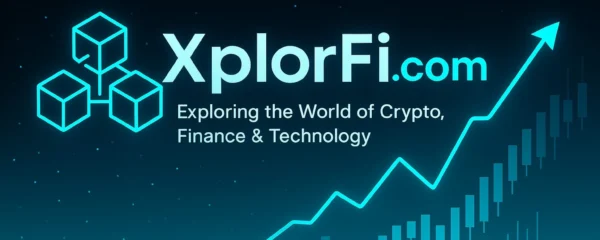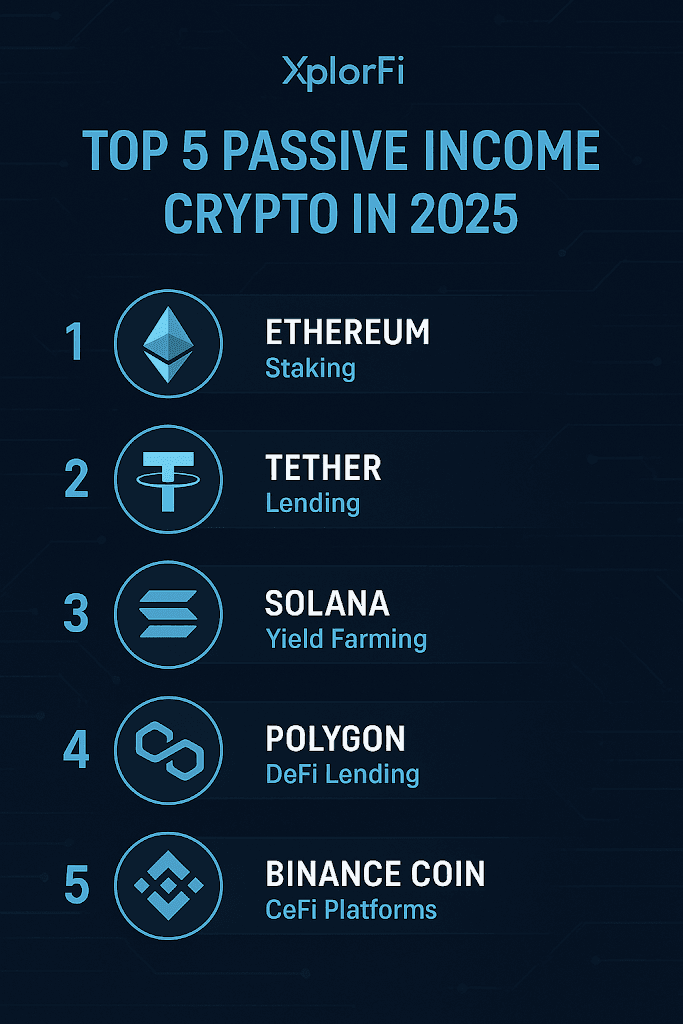Essex Raises Core FFO Guidance to $0.10, Forecasts 3.1% NOI Growth Amid Portfolio Shifts

Alright, fam, listen up! Imagine this: It’s the 17th of August, and we’re at a massive Mobile Legends tournament. The crowd’s hype, the tension’s thick, and our boy Balmond is on the stage, ready to show everyone how it’s done. His team, Essex Property Trust, just finished the first half of the tournament, and the scoreboard is looking fire. They’ve been smashing it, but not every lane is a win.
Southern California is giving them a headache, like a stubborn minion wave that just won’t clear. But Northern California and Seattle? Those lanes are pure gold, and Balmond is swinging his axe like a boss, getting all the kills.
This isn’t just some random game; it’s a real-life analogy for Essex Property Trust (ESS) and their stellar Q2 2025 earnings call. They came out swinging, proving they’re not just playing; they’re dominating. Their Core FFO (Funds from Operations) per share was way better than anyone thought, outperforming their own guidance by $0.07. That’s like Balmond getting an early kill on the enemy jungler and snowballing the entire game. And just like in a high-stakes match, they didn’t just win a single round; they’ve adjusted their strategy for the rest of the game, boosting their full-year guidance for both Core FFO and same-property net operating income (NOI) growth.
The MVP: Operations & Strategy
So, what’s the secret sauce? According to the CEO, Angela L. Kleiman, it all comes down to a solid game plan and flawless execution. They saw a 3% blended rate growth for their same-store portfolio. Northern California and Seattle were their star players, performing exceptionally well. This is the part where Balmond and his teammates are perfectly coordinated, farming efficiently, and pushing towers without a hitch.
The reasons for this outperformance are legit: a limited housing supply (no easy ganks for the competition), more people getting back to the office (more people needing a place to crash near work), and a job market that’s even stronger than the official stats say. Basically, the meta is in their favor.
Kleiman also spilled the tea on their long-term strategy, and it’s all about disciplined capital allocation. They’re not just buying stuff willy-nilly. Most of their new acquisitions are being funded by selling off other properties.
Think of it as selling off some of your lower-tier gear to buy a shiny new Blade of Despair. This strategy of arbitraging the cost of capital is all about getting the best bang for your buck, boosting their risk-adjusted returns, and ultimately driving their NAV (net asset value) and Core FFO per share higher. It’s a smart play, showing they’re in it for the long haul, not just a quick win.
The CFO’s Breakdown: A Tactical Masterclass
Barbara M. Pak, the CFO, got into the nitty-gritty, providing the stats that back up the hype. She confirmed that the $0.07 beat on Core FFO per share wasn’t a fluke. It was a 50/50 split: half from higher revenue (getting more gold) and the other half from lower operating expenses (being more efficient with your mana). She even pointed out a sick detail: a 9% drop in Washington property taxes. That’s like getting a buff from the Lord himself!
Because of this killer performance, they’ve raised their full-year Core FFO per share guidance midpoint to $15.91, a solid $0.10 increase. They’ve also bumped up their same-property revenue growth forecast to 3.15% and, get this, reduced their expense midpoint to 3.25%. This shows they have a firm grip on their financials and are confident they can maintain this momentum.
Pak also dropped some knowledge bombs about their balance sheet, saying they’re in a super strong position with minimal refinancing needs this year, a healthy net debt to EBITDA ratio of 5.5x, and a whopping $1.5 billion in available liquidity. They’re ready for anything the enemy team throws at them.
The Lane-by-Lane Report: Highs and Lows
While Northern California and Seattle are carrying the team, Southern California, especially Los Angeles, is struggling. It’s the lane where the enemy team is constantly ganking, and it’s a bit of a drag on the overall performance. Kleiman clarified that the issues there aren’t about some fancy new fire ordinance but are straight-up supply challenges and a slow recovery from delinquency problems. It’s like having a teammate who’s a bit behind on farm and needs help.
On the flip side, Northern California is a powerhouse. Job postings are up, and the seasonal trends are doing better than expected. It’s their main carry, and they’re not slowing down. Analysts were asking tough questions about this, trying to figure out if this strength is sustainable, and Kleiman was all confidence, saying they’re leaning into that strength.
Another topic that came up was the mezzanine platform. Think of this as a side hustle, something the team was doing on the side for extra gold. The company is now scaling it back because of earnings volatility. Pak explained they’re reducing its size to make sure it doesn’t mess with their main game plan and FFO. It’s a smart move, focusing on what works and cutting out the distractions.
The Meta-Analysis: Sentiment & Outlook
The analysts are feeling a mix of neutral and a bit of “meh,” especially when they look at the struggles in Southern California and the volatility in that structured finance side quest. It’s like they’re seeing Balmond get a double kill but also seeing another teammate get soloed. They’re trying to figure out if the good stuff is sustainable.
But the management team is totally chill and confident. They’re not letting the haters get to them. They keep coming back to their strong operations, smart capital allocation, and a balance sheet that’s built like a fortress. They’re all about explaining the different performances in their regions and how they’re adjusting their strategy to win.
What’s Next? The Final Laps
For the rest of the year, Balmond and his team are expecting the rents to cool off a bit, which is normal for this time of year. Rents peaked around late July, and that’s the usual seasonal flow. The CFO gave a heads-up that Q3 Core FFO might drop slightly due to higher expenses, like utilities and taxes. It’s like having to buy more mana potions and wards in the next round. But don’t trip, the higher revenues will help balance that out.
There are still some risks, though. Los Angeles is a persistent problem, with too much supply and a slow recovery on delinquencies. It’s a tough lane, and the team knows it’s not a quick fix. And while they’re scaling back the structured finance book, it’s a temporary headwind. The analysts are also keeping an eye on things like competition for new properties and if the performance in Northern California can keep up the pace.
But here’s the final takeaway, and it’s a good one. Essex Property Trust delivered a powerful performance in Q2. They’ve adjusted their strategy, focusing their energy on the strong lanes (Northern California) and pulling back from the riskier ones (structured finance). They’re confident in their game plan, their strong balance sheet, and their ability to keep winning. In the end, it’s all about smart plays and sticking to the strategy, and that’s exactly what ESS is doing. Game on!
Xplorianz, Got spicy takes or want us to dig into your favorite project? Slide into our inbox Facebook, or tag us on X . Stay sharp, stay weird, and keep Xploring
Disclaimer:
This article is for informational and entertainment purposes only and does not constitute financial advice. Always do your own research (DYOR) before making any investment decisions, your money, your call. Crypto’s wild, so stay sharp out there!
Read More:
Top 2025 Premium Cloud Mining Services: Earn Reliable Passive Crypto Income









No Comments